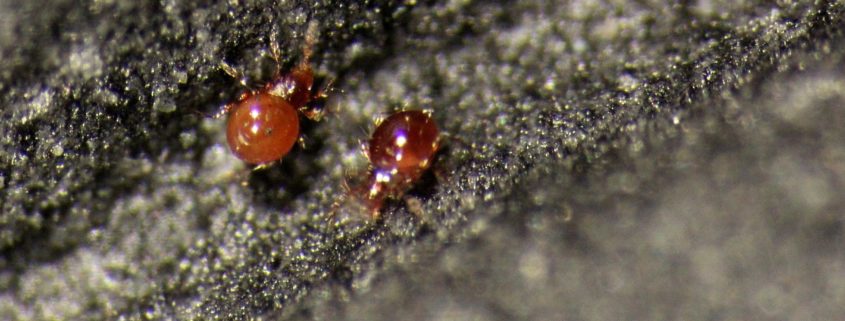ECT participates in an international ring test with the mite Oppia nitens
With regard to terrestrial ecotoxicity testing methods, boreal regions (including the inhabiting species) are under-represented. For this reason, Environment Canada has developed a new test method with an oribatid mite that is applicable to both boreal and temperate regions.
Oribatid mites are abundant and diverse in soils and contribute to nutrient cycling and soil formation processes. The oribatid mite Oppia nitens, which has been cultured in the laboratory for several years, is used as test organism in the new soil toxicity test method developed by Environment Canada. The test with O. nitens is applicable to forest and agricultural soils, and has been incorporated into a suite of terrestrial tests to complement the earthworm and collembolan test methods.
In view of its standardisation as Environment Canada test method, the test with O. nitens is currently validated through inter-laboratory ring testing. The first phase of the ring test has started in the beginning of 2016. ECT has successfully conducted several pre-tests, and is involved in all phases of the ring test.
For further information on the test method and the ring test, see here.


